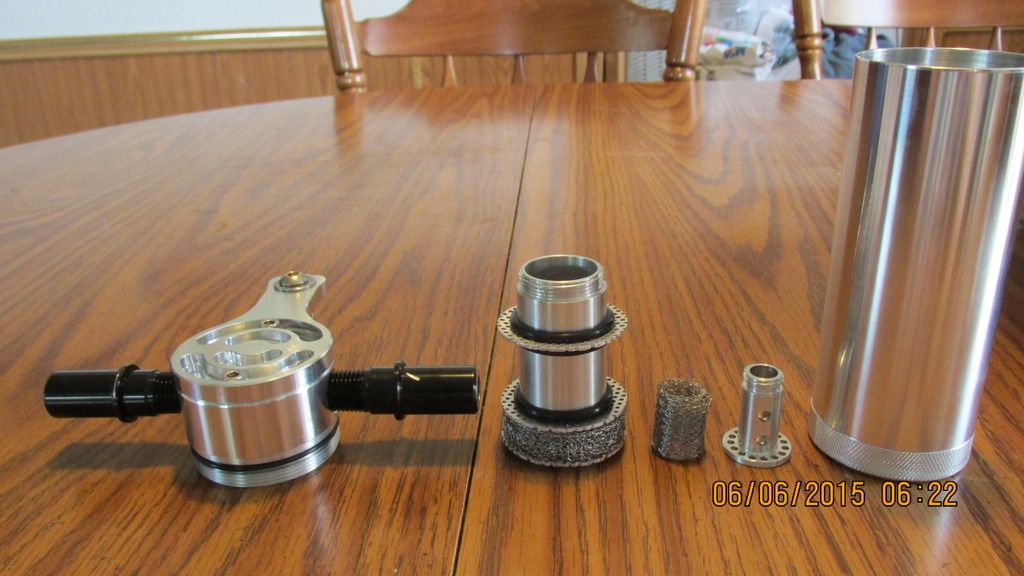Originally Posted By: horse123
Ever since someone gave me this piece of advice I stopped looking at such devices.
"Do you really think that car manufacturers would overlook something so simple and effective if it actually did anything?"
Yes they would! Every time they can save a dollar in production, they will. Like when my semi truck came from the factory new. I had to replace the stupid wastegate turbo with a larger BW turbo, and replace the lame stack mufflers with high flow Walkers. And the stock exhaust manifold got thrown in the metal recycle bin and a polished, ported, ceramic coated one put on in it's place. Effective? How about a truck with a 12.7L motor that will pull right along with 15L motor equipped trucks all day long and still get 20-25% better fuel economy than the general trucking sector averages. Now, given that fuel is the largest part of any trucking operation, you would think that the OEM's would try and make things more efficient. They have, but they have only done the minimum they have to to get by.
Another of the most cost effective, simple, and cheap things to do? Put Counteract balancing beads in tires. About $15 for the average user, but a lot cheaper if it was done as part of production. Again, it is going to be hard to say it isn't worth it when I stand outside my commercial truck and measure about 9/32nd tread left on tires that have 420,000 miles on them! The original drive tires that came from the factory and the truck just turned over 420,000 miles. Nice even wear. Primarily because I put balancing beads in the tires when I first got the truck and rotated them every 50,000 miles. So you think that the OEM wouldn't scrimp to save a few bucks and avoid doing something if they knew it would work
A catch can? That would be chump change in a production assembly setup. I ran one on my last pickup, and moved it over to my 2015 2500HD 6.0L. It captures about one oz every 1000-1200 miles, which corresponds almost to a T with the amount of oil that gets "used" by this motor. Same was true for the 2013 1500 with a 5.3L I had. Now, I suppose that many would have no problem with about 8 oz of oil going into the intake between OCI's, coating the intake valves, contributing to carbon buildup in the cylinders, etc but I would rather stop the oil before it gets there.
The OEM is just interested in getting thru the building and selling a vehicle, and getting thru the warranty..... all at the lowest cost possible. It is called business.
Actually, I run a dual setup from Conceptual Polymer. Their regular catch can followed by the High Efficiency catch can. There is absolutely nothing but blow by getting back to the intake. No condensation, no oil, or no particulates. The first can captures the bulk of what gets caught, then the follow up high efficiency can grabs anything that might have made it thru the first can.





